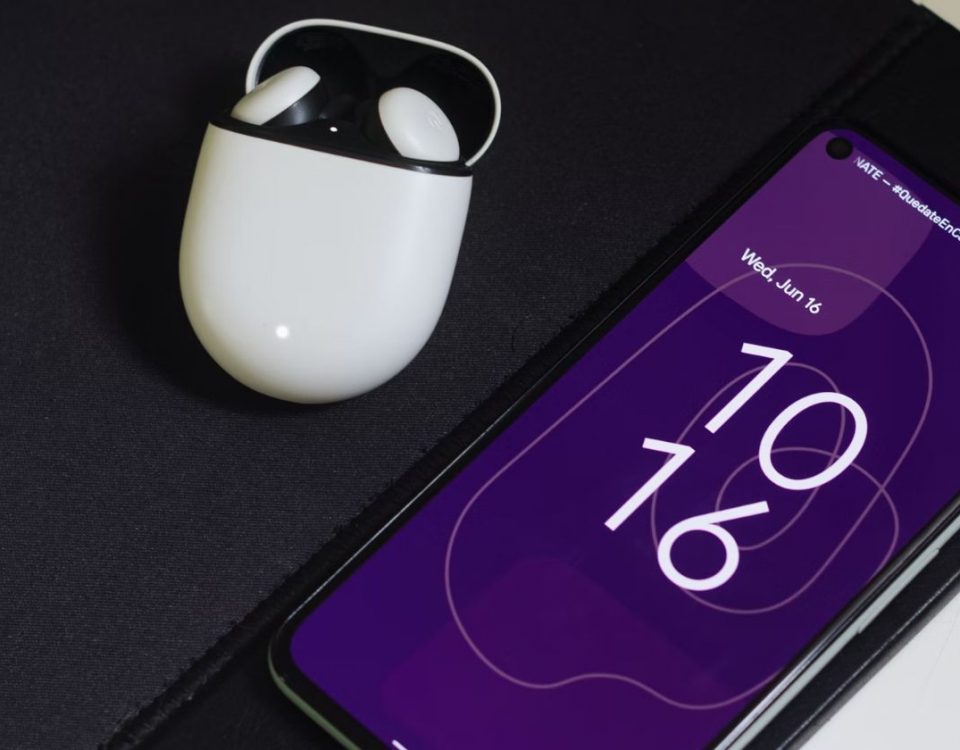Competition in the tech industry is always good for consumers. The more companies in the market competing for your dollar, the more that dollar can buy. In other words, you can enjoy cheaper prices, better products, and faster service.
We know Samsung and Apple are the current market leaders, but it seems Google is slowly becoming a worthy competitor. Thanks to the growing Pixel portfolio, the Pixel ecosystem is becoming more capable than ever of rivaling Apple. Let’s see how.
Why the Apple Ecosystem Works So Well
Over the years, we’ve seen many Android OEMs launch their «iPhone killer» phones, but none of them ever came close to fulfilling that objective. Why? Because Apple has something that Android manufacturers don’t have: uniformity.
Since iOS, iPadOS, and macOS are proprietary operating systems, and Apple designs its own chips, the company has full control of both the software and the hardware of its products.
Due to this, Apple is able to maximize continuity across all its devices, making the end-user experience as seamless as possible. In other words, it’s easier for Apple devices to talk to each other and share the workload more efficiently.
Android cannot replicate this effect because it’s an open-source OS, which makes it too diverse. It has to cater to many smartphone brands at once, which kills any potential for specialization. As a result, it has to resort to a one-size-fits-all solution which isn’t as efficient.
How Pixel Devices Will Help Google Rival Apple
Despite the drawbacks of Android, Google is better equipped than any other Android manufacturer to compete against Apple’s flawless ecosystem. Here’s why.
1. Google’s Increasing Investment in Hardware
With the Pixel 6 series, Google debuted its in-house processor called Tensor. We’ve already covered why smartphone brands are creating their own chips and ditching Qualcomm, but Google has more to gain from this move than other manufacturers.
Other OEMs have to figure out how to make their custom chip work well with the new Android version as well as their own custom Android skin. But Google can exploit its control over Android by updating the OS to work exceptionally well with Tensor, giving Pixel OS an edge over even the best Android skins.
3. Google’s Improved Pricing Strategy
Pixel phones have traditionally been horribly overpriced. The Pixel 4, for instance, cost $799 and went up to $899 for the XL variant, both carrying 64GB storage. The exception to this blunder was the Pixel a-series which is loved by many for offering more value for the money.
But for the Pixel 6, Google asked a more humble $599 for the base model and a still-pricey-but-tolerable $899 for the Pro variant, and the affordable Pixel 6a for an impressive $449.
The point is, Google is getting better at its pricing strategy. If it keeps the same momentum for other upcoming Pixel products such as the Pixel tablet, Pixel Watch, and Pixel Buds Pro, more people may be tempted to try them—giving life to the growing Pixel ecosystem.





